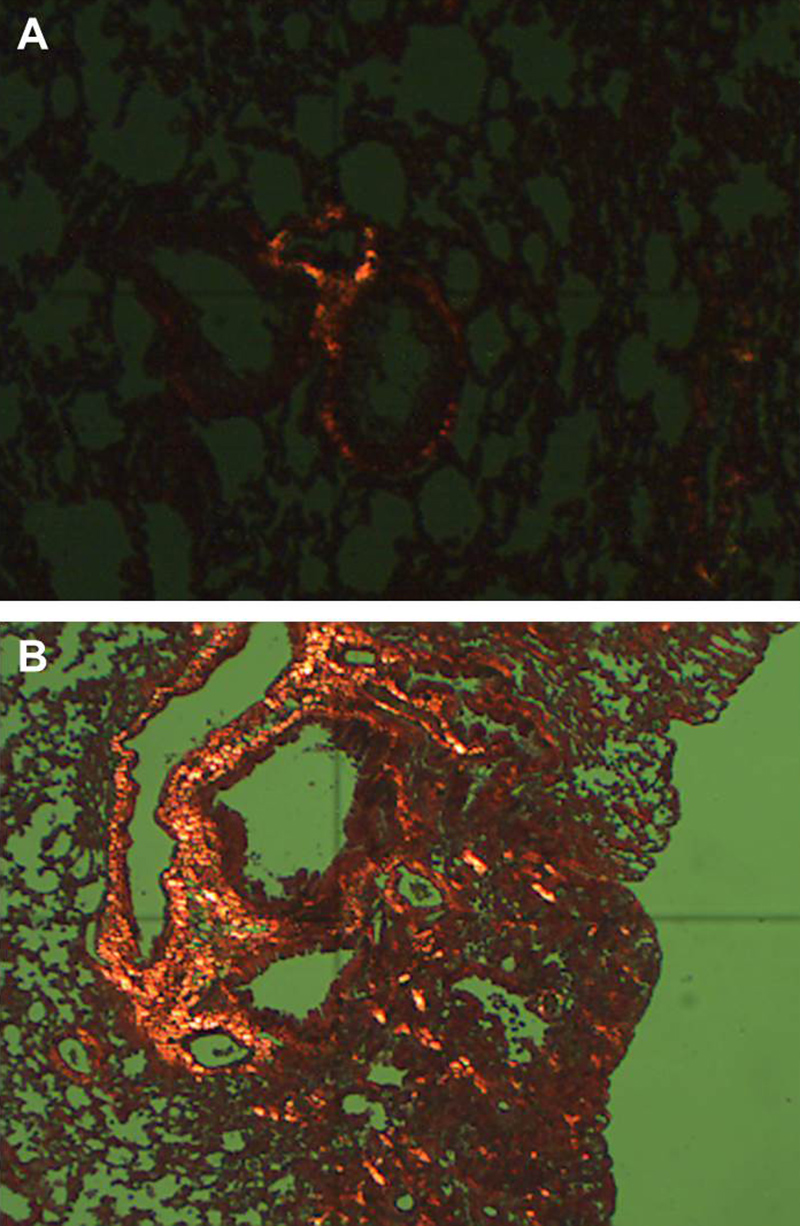Species
Mouse
Fields of application
Systemic sclerosis is induced by repeated systemic injection of the chemotherapeutic substance bleomycin. Consequently, C3H mice develop fibrosis of lungs and skin.
The model can be used for the following fields of application:
- Pharmacodynamics and pharmacokinetics
- (Patho)physiological processes
- Therapeutic efficacy
- Proof of concept
Endpoints / outcome parameter
- Immune cells in full blood (in vivo)
- Cytokine levels in blood plasma (in vivo)
- Airway fibrosis (fibrosis, airway narrowing; ex vivo)
- Skin fibrosis (fibrosis, thickening of the dermis; ex vivo)
- BALF (bronchoalveolar lavage fluid) immune cell composition, cytokine levels, (ex vivo)
Readout parameter
- Flow cytometry
- ELISA / CBA (cytometric bead array)
- RT-PCR
- Western Blot
- Histology / Cytology (various classical histological stains)
- Immunohistochemistry
Quality management and validation
- Controls
- Blinded induction
- Blinded data collection and analysis
- Randomisation
- Allocation concealment
- Biometric expertise
- Internal quality management
References
Cooperation project with Nuvo Research GmbH (Leipzig): "Die Entwicklung des Wirkstoffes WF10 zu einer innovativen Arzneimittel-Plattform zur Therapie chronisch inflammatorischer Erkrankungen"
